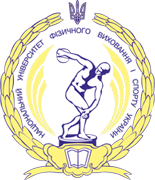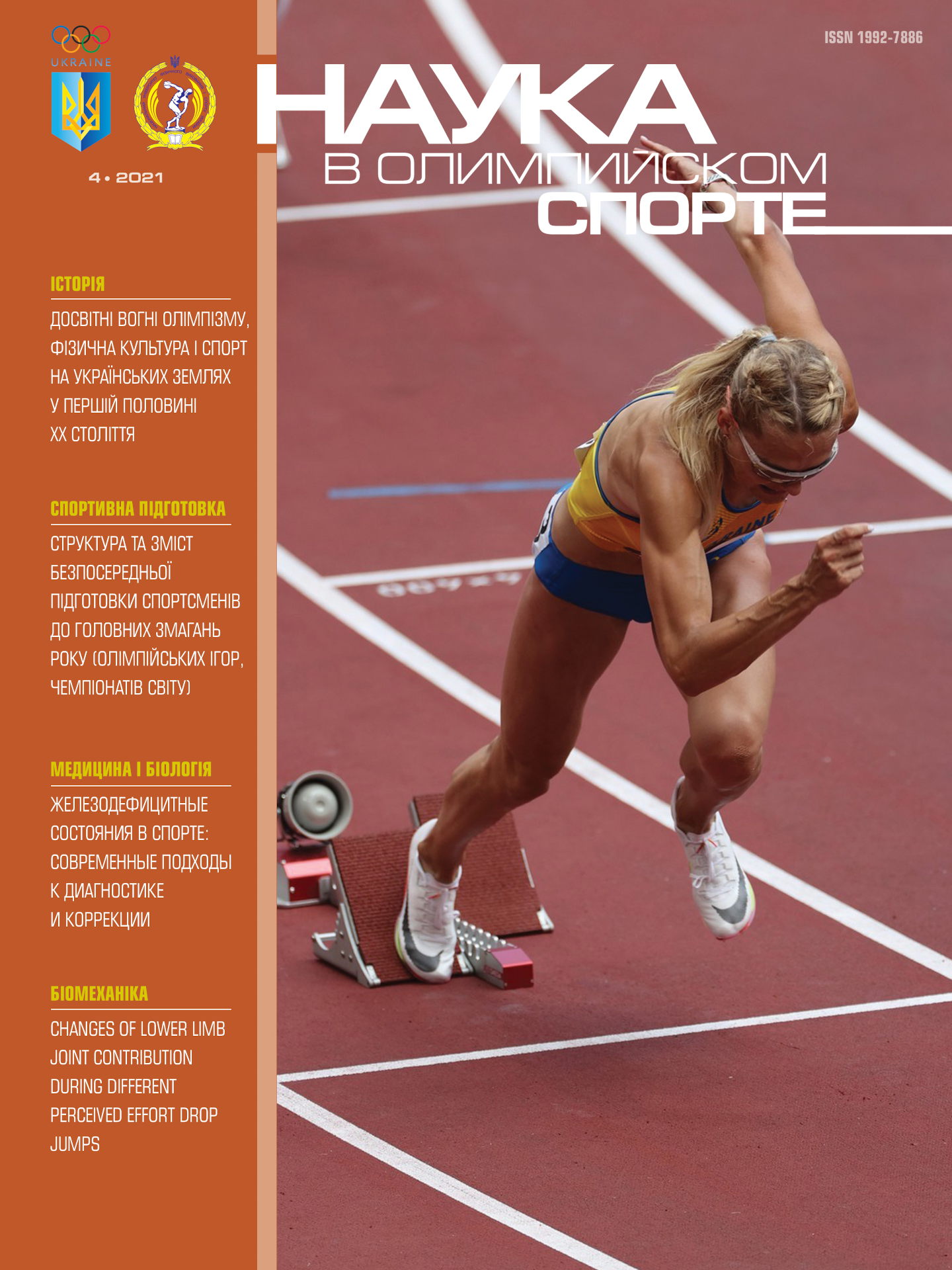Abstract:
Engaged in hand-to-hand fighting. Мethods and organization. This goal achievement was provided by setting a 6-month pedagogical experiment aimed at identifying the effectiveness of special training program focused on the development of agility and coordination through the use of training means specific for hand-to-hand combat, characterized by increased coordination complexity and the presence of a “surprise factor”. The efficiency of recommended training program was determined by means of special tests - open for coordination assessment and two closed ones - for agility estimation.
Results. As a result of a 6-month pedagogical experiment, high efficiency of short-term specific programs of motor actions for agility development was revealed. Even a relatively small amount of training means of high coordination complexity with the presence of a “surprise factor” (43 h of 260) led to significant increase in the ability to effective motor activity in unexpected situations and under time pressure conditions.
Conclusions. Теchnical skills and physical fitness with agility and coordination being its constituents represent an integral complex, in which the rational techniques determine the requirements of physical fitness, whereas the motor capacities provide conditions for execution of techniques and motor actions. The approach adopted in the special literature and practice in which the development of agility and coordination is a side effect of the process of technico-tactical improvement, training and competitive bouts suffers from one-sidedness and insufficient efficiency.
Results. As a result of a 6-month pedagogical experiment, high efficiency of short-term specific programs of motor actions for agility development was revealed. Even a relatively small amount of training means of high coordination complexity with the presence of a “surprise factor” (43 h of 260) led to significant increase in the ability to effective motor activity in unexpected situations and under time pressure conditions.
Conclusions. Теchnical skills and physical fitness with agility and coordination being its constituents represent an integral complex, in which the rational techniques determine the requirements of physical fitness, whereas the motor capacities provide conditions for execution of techniques and motor actions. The approach adopted in the special literature and practice in which the development of agility and coordination is a side effect of the process of technico-tactical improvement, training and competitive bouts suffers from one-sidedness and insufficient efficiency.
Аннотация:
Цель. Обосновать целесообразность использования в тренировочном процессе занимающихся рукопашным боем комплексов специальных упражнений, направленных на развитие ловкости.
Методы и организация. Достижение поставленной цели обеспечивалось постановкой 6-месячного педагогического эксперимента, направленного на выявление эффективности специальной тренировочной программы, ориентированной на развитие ловкости и координации путем использования специфичных для рукопашного боя тренировочных средств, отличающихся повышенной координационной сложностью и наличием фактора неожиданности. Выявление эффективности рекомендованной тренировочной программы осуществлялось c помощью разработанных нами специальных тестов: открытого - для оценки координации и двух закрытых - для оценки ловкости.
Результаты. В результате 6-месячного педагогического эксперимента выявлена высокая эффективность для развития ловкости кратковременных специфических программ двигательных действий. Даже относительно небольшой объем тренировочных средств высокой координационной сложности с присутствием фактора неожиданности (43 ч из 260) привел к достоверному и значительному увеличению способностей занимающихся к эффективной двигательной деятельности в неожиданных ситуациях и в условиях дефицита времени. Выводы. Техническое мастерство и физическая подготовленность, составной частью которой являются ловкость и координация, представляют собой единый комплекс, в котором рациональная техника определяет требования к физической подготовленности, а двигательные качества обеспечивают условия для выполнения приемов и двигательных действий. Принятый в специальной литературе и практике подход, при котором развитие ловкости и координации является побочным результатом процесса технико-тактического совершенствования, тренировочных и соревновательных схваток страдает односторонностью и недостаточной эффективностью.













